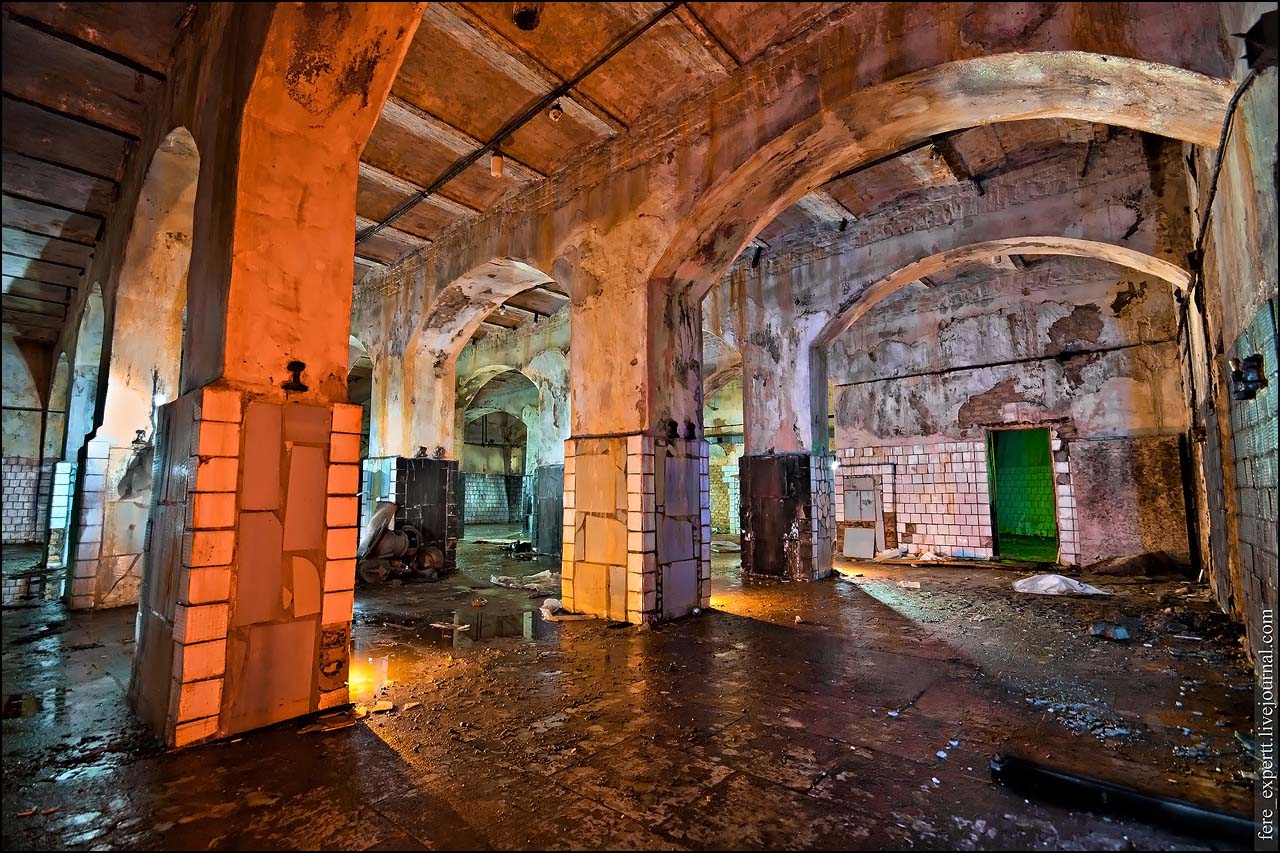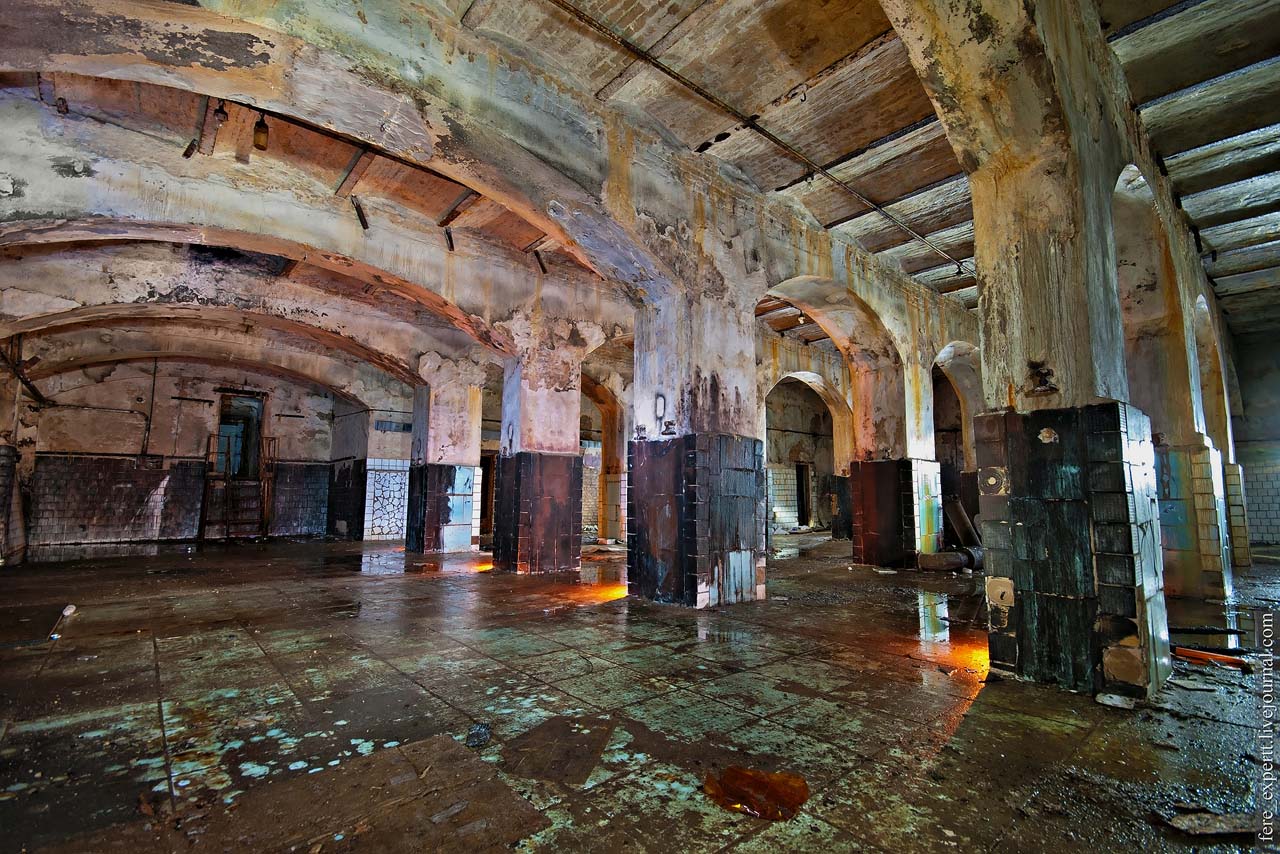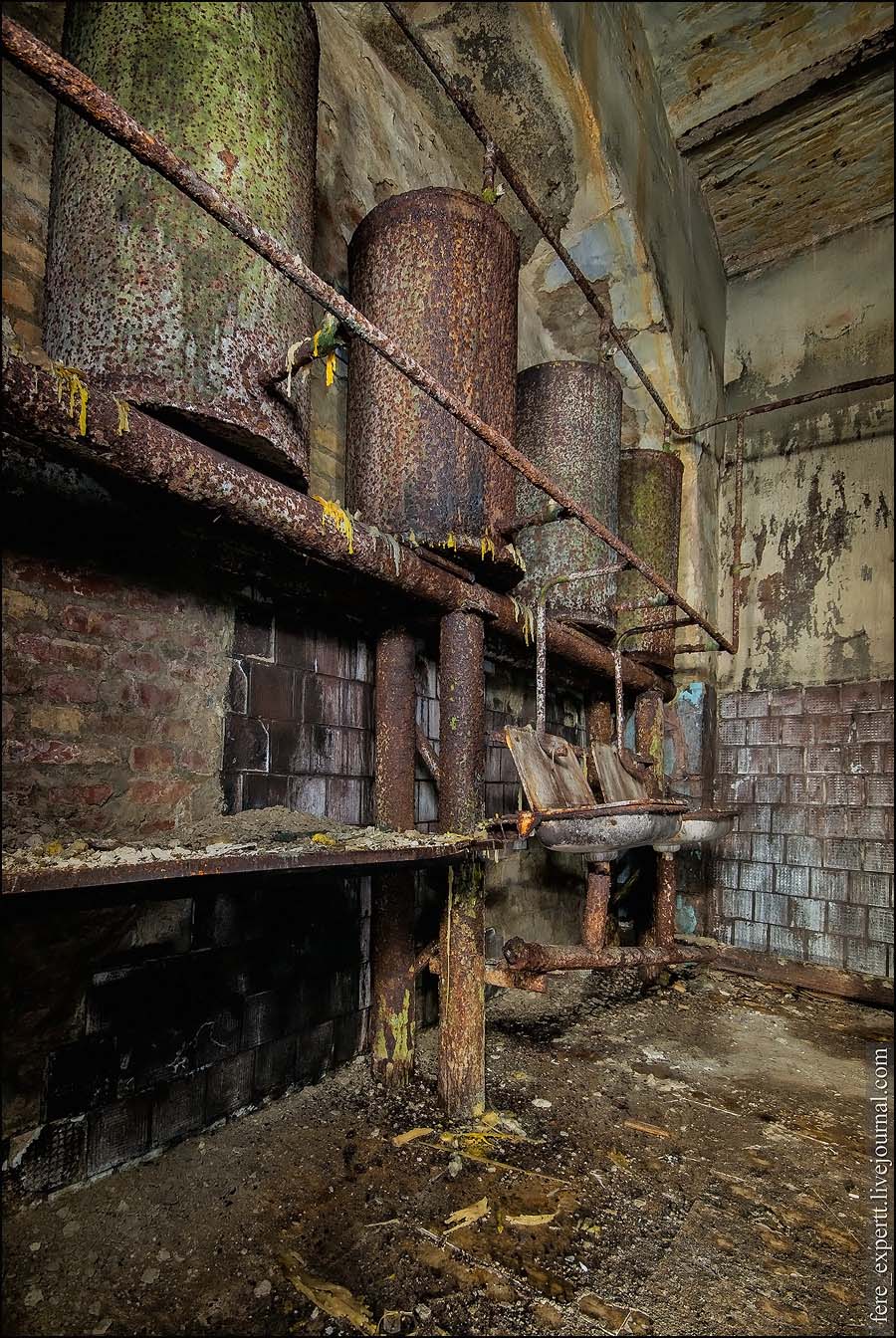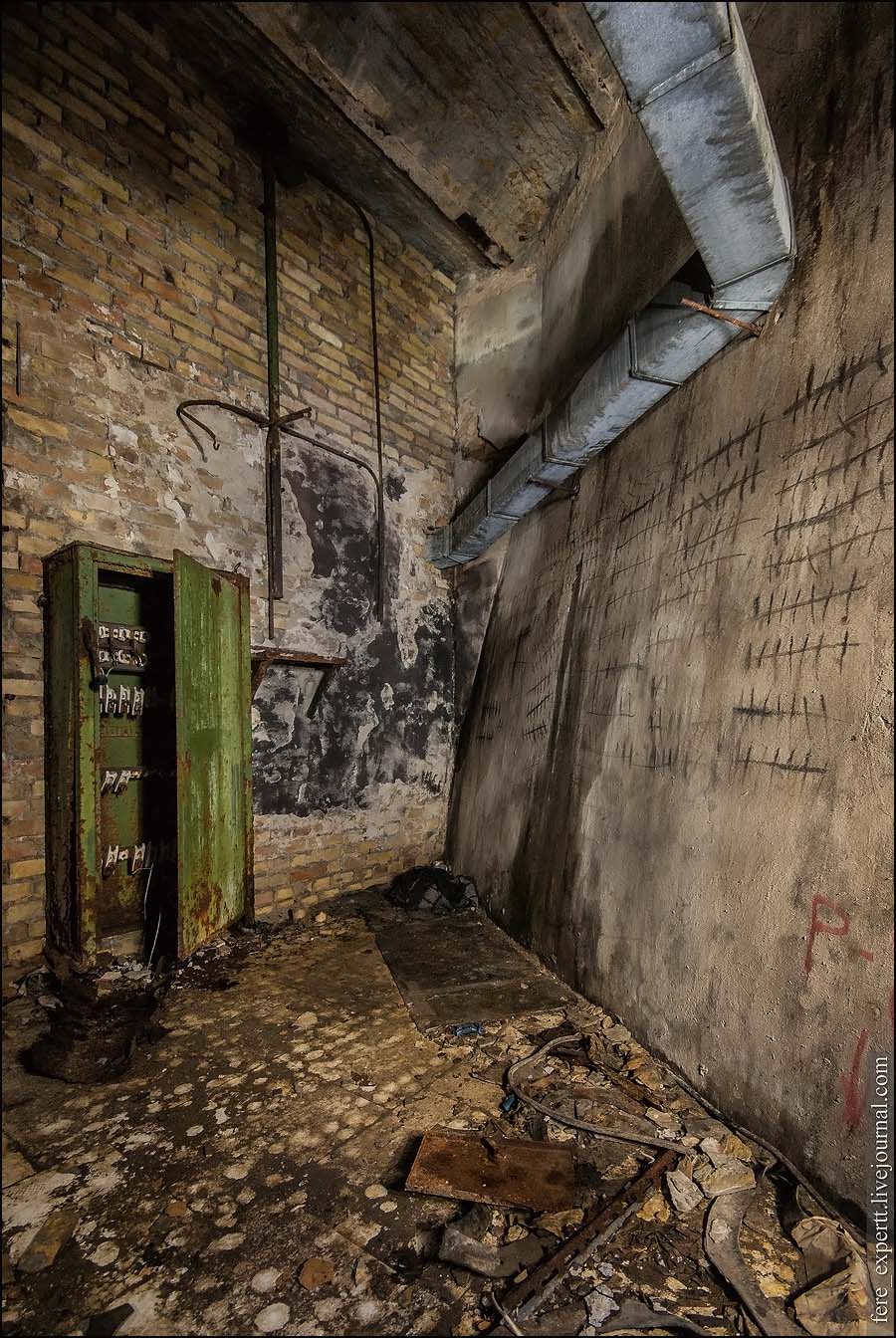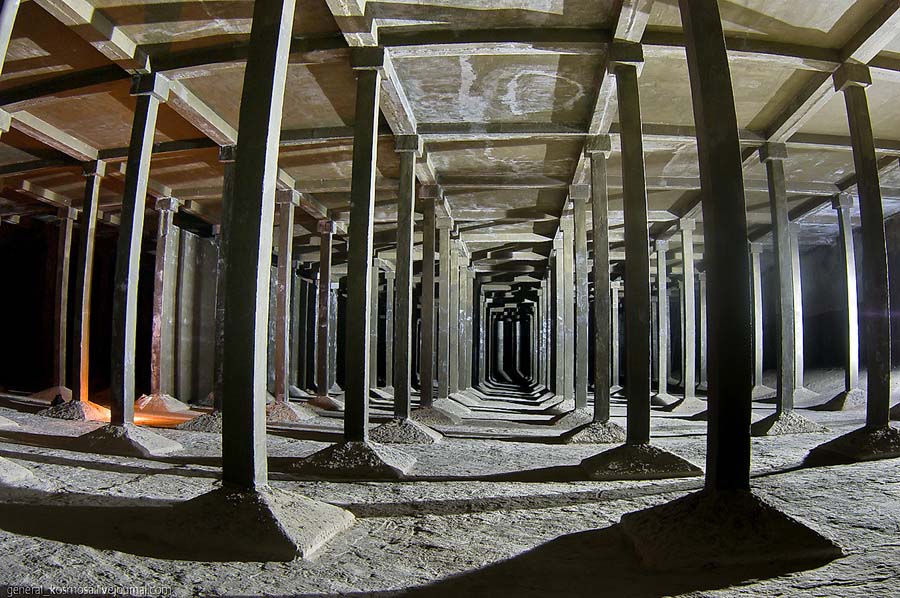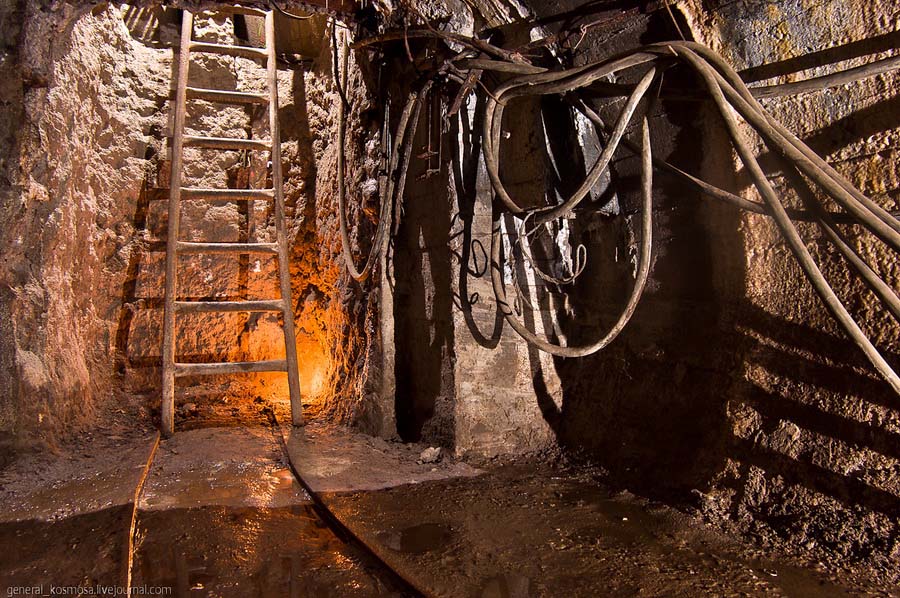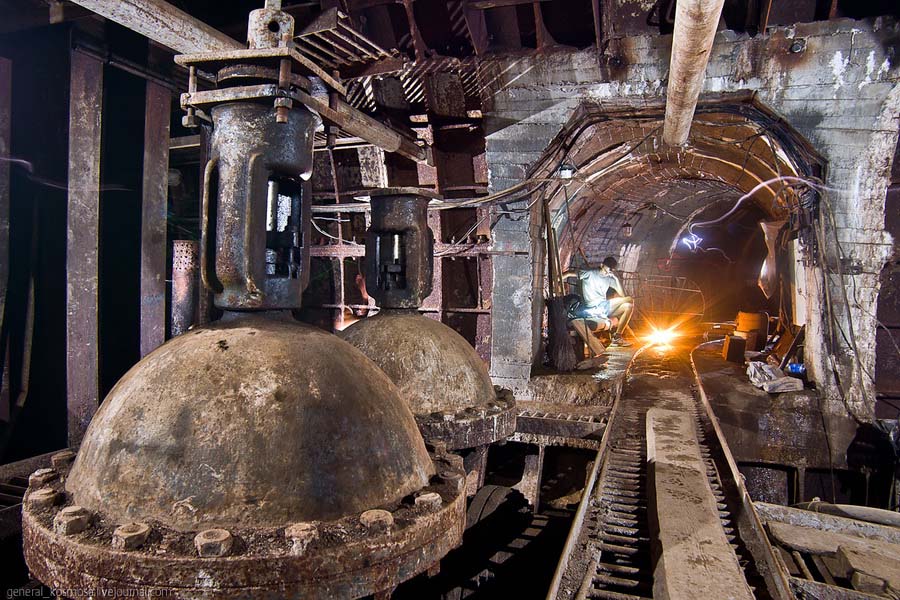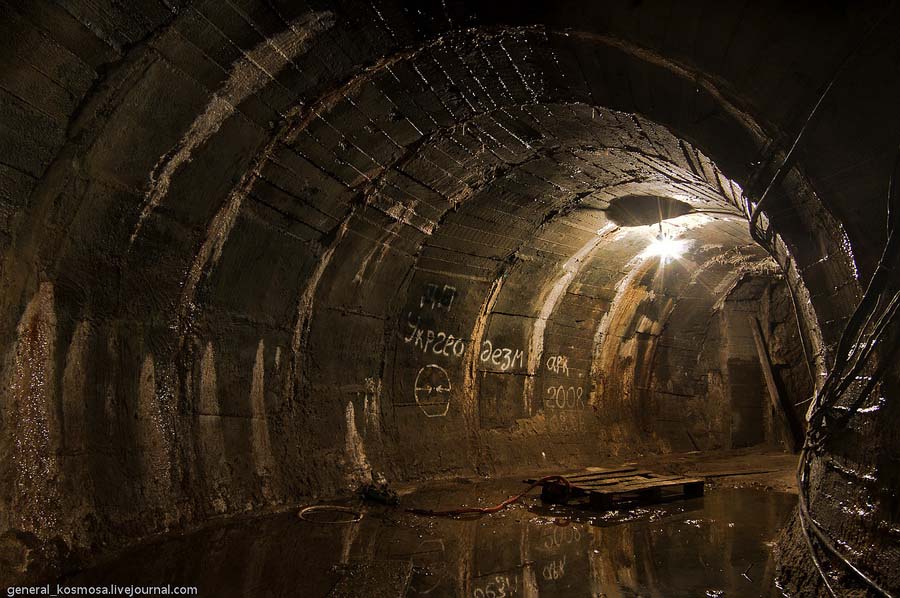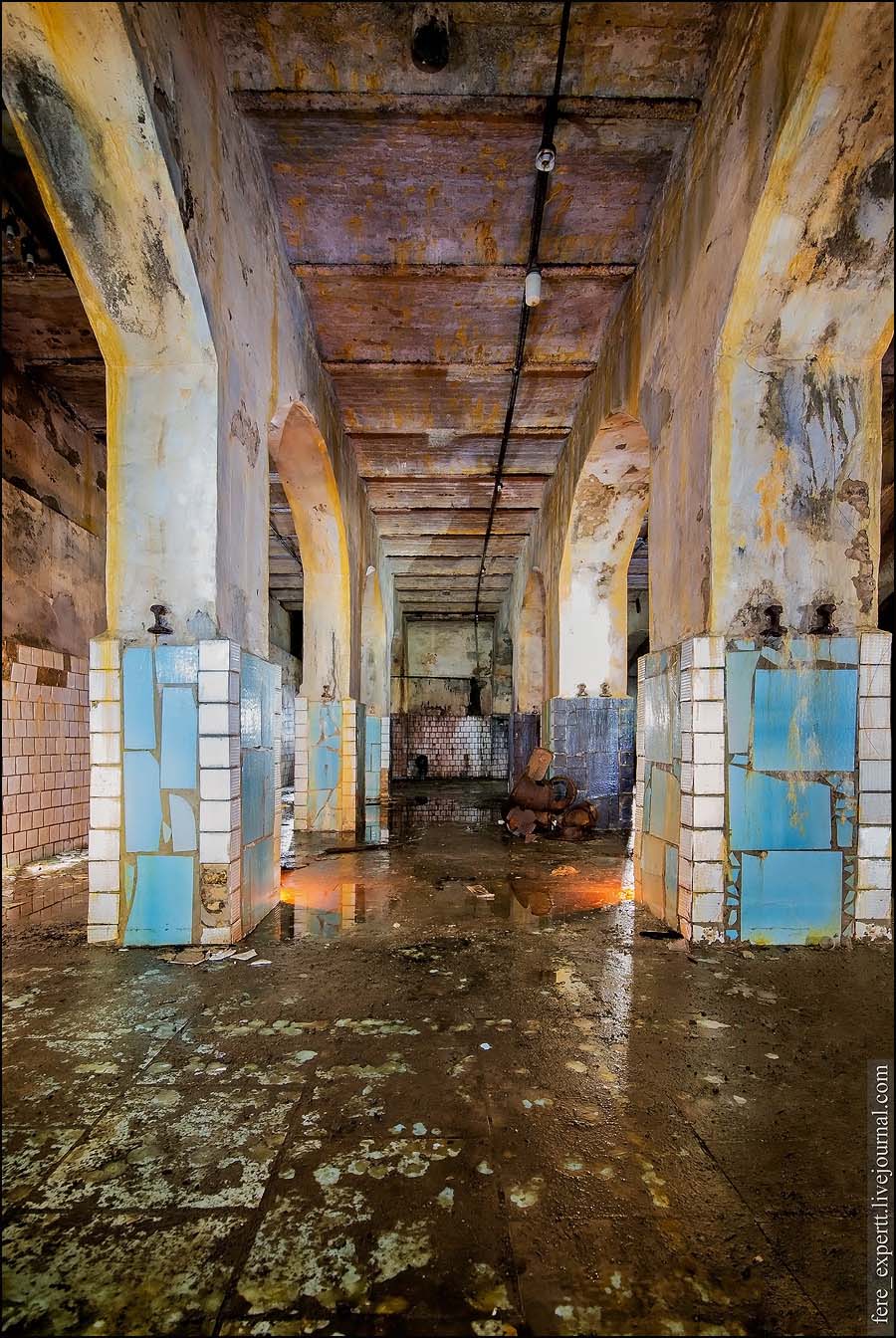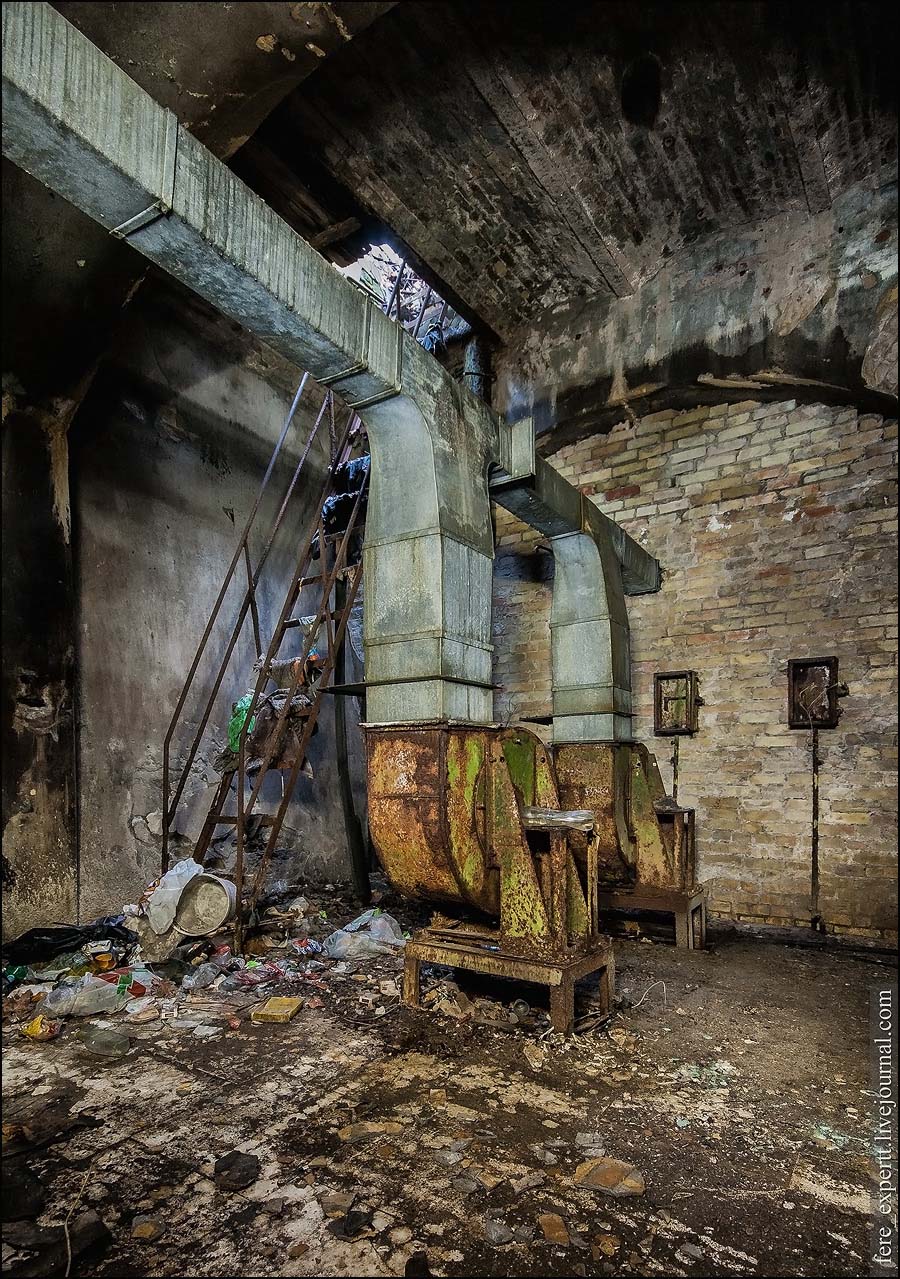The foundation stone for the first Kyiv centralized water supply took place in May 1871 in the City Garden. In less than a year, the first stage of the water pipeline was put into operation. Its total length was 25 kilometers, it covered 150 houses in the center of Kyiv. The water intake was located near the monument Magdeburg Law, and the water supply facilities were on the Embankment and near Vladimirsky descent With the help of steam pumps, water from the Dnieper was pumped into pumping stations, filtered with sand, supplied to water towers and reservoirs and distributed throughout Kyiv. Reservoirs and water towers were built at the highest points of the city – Vladimirskaya Gorka (not preserved) and Khreshchaty Park (preserved; in one of the towers there is a museum water).
Underground water tanks in Kiev are nothing more than slow filters (a slow filter is an open or closed (in cold climates) tank up to 6 meters wide and up to 60 meters long, filled with fine quartz sand on a gravel substrate; water is supplied on top of the sand (in a layer 1.2-1.5 meters), which filters through sand at a speed of 0.1-0.2 meters per hour under the influence of gravity). During Soviet times, they were converted into civil defense shelters. This is evidenced by the presence in separate rooms of toilets and washbasins with barrels for storing water, a filter and ventilation unit and hermetic doors at the entrance. Nowadays, all this is in an abandoned state, but there are also active underground reservoirs (see photo number 5 in the gallery), one of which is located on the territory of the former hippodrome (operated from 1916 to 1964) in the very center of Kyiv.
